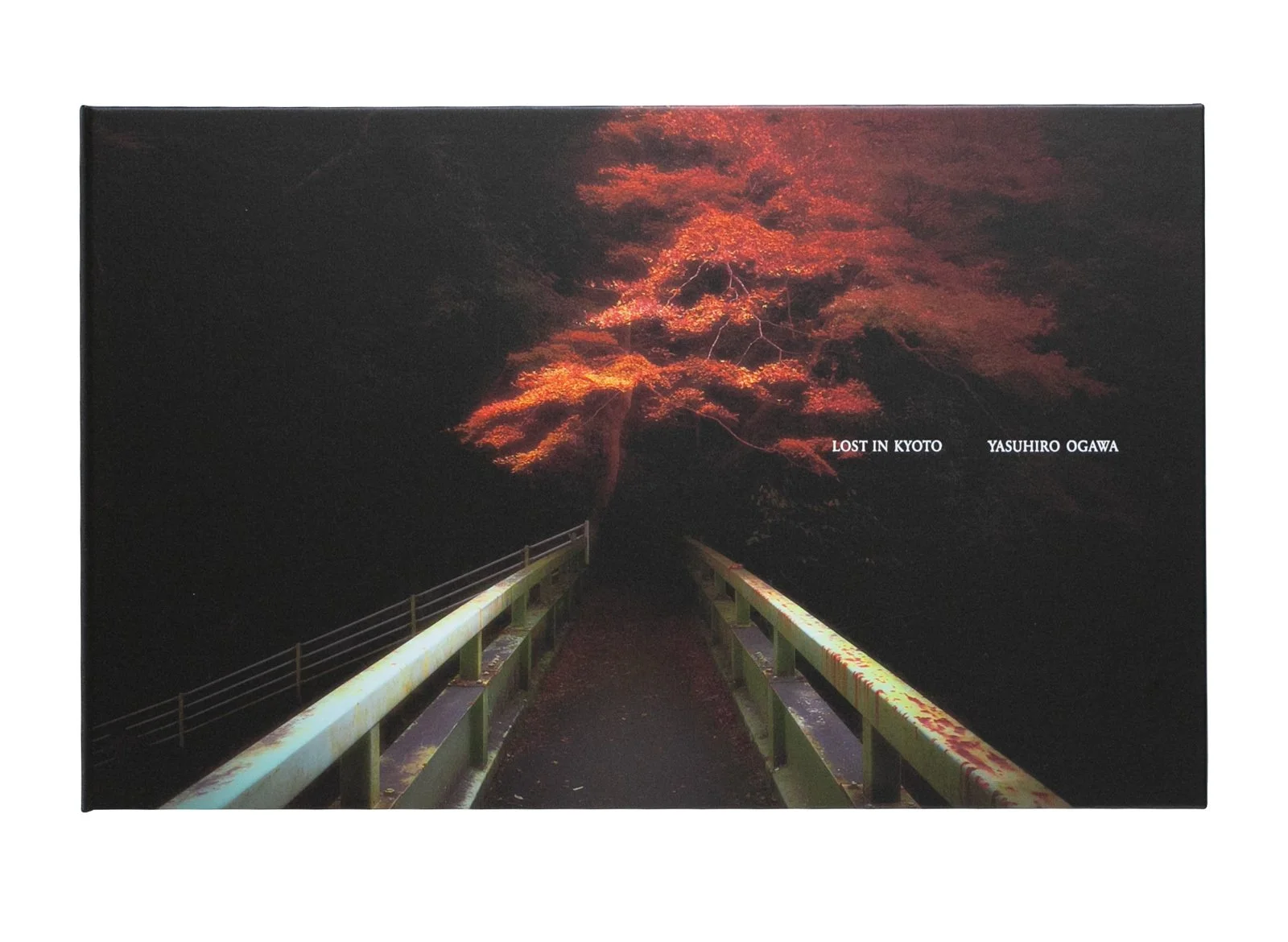Photo-Book: Tokyo Silence | Yasuhiro Ogawa 小川康博 [Signed]
Photo-Book: Tokyo Silence | Yasuhiro Ogawa 小川康博 [Signed]
Published by T&M Projects, Japan, 2022
First edition of 800 copies
256 x 229 mm
Hardcover
96 pages, 59 black and white photographs
English and Japanese
ISBN: 978-4-909442-28-4
Tokyo Silence
“Not so long ago I was crazy about travelling in China. In China, everywhere you look there is chaos. Shouts of people on the overcrowded streets, the squawking of car horns echoing in the grey sky, roaring voices from the loudspeakers scattered all over the cities - I really loved those Chinese street noises and I remember walking each day as if struck by lightning.
After getting used to such chaotic noises in China, the silence of Tokyo sounded very unique to me. Every time I came back to Tokyo, I wondered how could the city be so quiet? No one talks on the trains, no one shouts on the streets. Yes, Tokyo is a city of noise too, but I think the character of noise is inherently different between the two countries. Here in Tokyo, almost all of the noises are from autoplaying music such as background music from shops or video ads on huge screens. What would happen if all the autoplay music is suddenly muted? While walking on the Tokyo streets, sometimes I feel an illusion as if I were in the bottom of an aquarium, where a curious silence surrounds us.
Such a thought pushed me to shoot the Tokyo streets, with a monochrome film-loaded Leica in my hand. What I wanted to capture was the characteristic silence of Tokyo, which prevails in the depth of our life like water.”
About the artist: Yasuhiro Ogawa 小川康博
Born in Kanagawa, Japan in 1968. He started photography in early twenties by the strong influence of Sebastian Salgado’s work.
He has had many solo and group exhibitions including Futashika-na-Chizu at Kodak Photo Salon, Tokyo (1999), Slowly Down the River at Nikon Salon Ginza, Tokyo (2006), Winter Journey at Doozo Gallery, Rome (2013), Caascade at Sokyusha Gallery, Tokyo (2018) and Contes des iles et Paysages de la Mer du Japon at Inbetween Gallery, Paris (2018).
He has published six photo books so far, such as “Slowly Down the River” (Creo, 2008), “Shimagatari” (Sokyusha, 2014), “Cascade” (Sokyusha, 2017) “By the Sea” (self published, 2018), “The Dreaming” (Sokyusha, 2020) and “Tokyo Silence” (T&M Projects, 2022). He has won several awards such as the Taiyo Award for his first solo exhibition “Futashikana Chizu” (2000) and The Photographic Society of Japan New Comer Award for his first photo book “Slowly Down the River” (2009). He was a finalist at the Oskar BarnackAward (2006) and the Hayashi Tadahiko Award (2015).
“不久前,我還痴迷於去中國旅行。街道上人潮湧動的熱情和嗡嗡聲響、灰色天空下迴盪著汽車鳴笛,以及總在某處播放的響亮喇叭擴音。我喜歡中國城市醞釀出的淫穢性。那裡有實實在在的人類生活。
在習慣中國的嘈雜後的耳裡聽來,東京顯得寂靜異常。東京怎麼會是如此安靜的城市──記得每次我從中國回來的時候都很想知道。沒有人在電車上說話,沒有人在街上咆哮。當然,東京一定是充滿噪音的城市,然而中國的喧囂和東京的喧囂有著本質上的不同。 東京的大部分噪音來自商店門面的背景音樂和大型螢幕上的廣告聲音。如果這些聲響在整個東京同時被靜音了會怎麼樣?我想,那時的東京一定像深夜的水族館一樣,以沉默的景觀將我包圍。”
關於藝術家:小川康博
1968年生於日本神奈川縣。90年代初深受大師 Sebastião Salgado 的作品啟發而踏入攝影領域,目前作為自由攝影師並定居東京。他舉辦過多場個展和聯合展覽,出版了六本攝影集並曾獲得了多個獎項,包括他的第一個個人展覽《Futashika-na-Chizu》(1999年)獲第37屆太陽賞,以及第一本攝影集《Slowly Down the River》(2006年)獲得了日本攝影學會新人獎。










